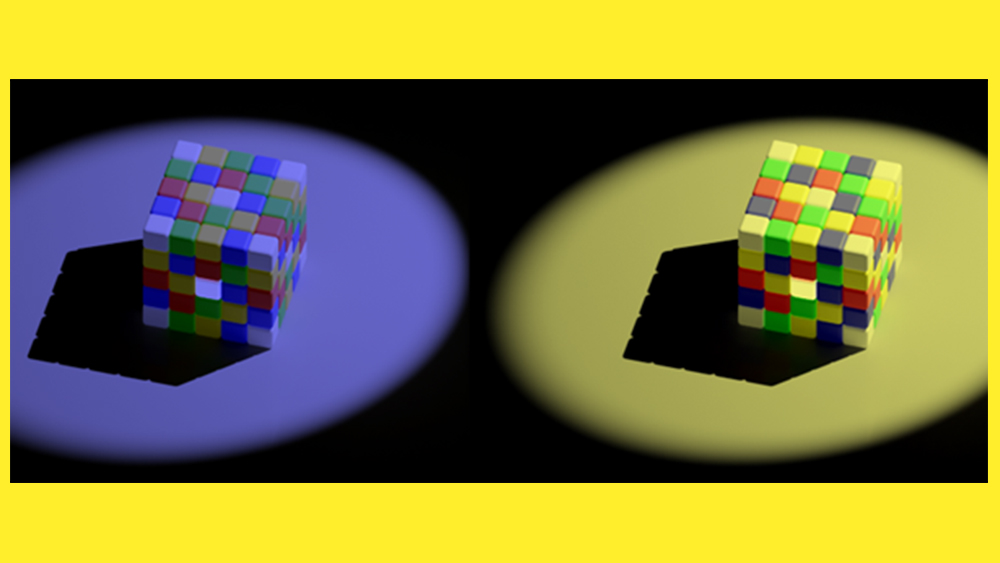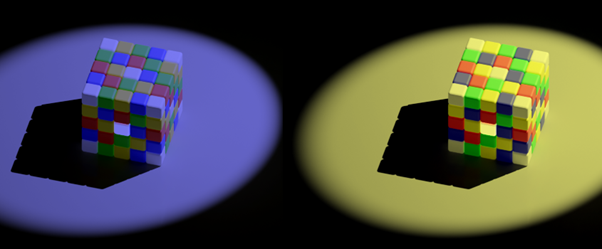
Optical illusions are one of our biggest diversions here at Creative Bloq. And although we're only halfway through the year, we've already seen some contenders for the best optical illusion of 2023 (and even for our pick of the best optical illusions of all time).
We've seen Lego cars defy the laws of physics, Coca-Cola cans that trick our perception of colour and other optical illusions that show just how easily our eyes can be deceived. Here's our pick of the best recent mind-benders.
01. The Coca-Cola optical illusion
@beatonthebeeb ♬ Away With Me - Andrew Joy
We know Coca-Cola has powerful branding (see our history of the Coca-Cola logo), but is it really powerful enough to cause an optical illusion? That's the claim in this Coca-Cola optical illusion from TikTok.
TikTokker Dean Jackson says that the Coca-Cola can in the image in his video is not red – it's grey. Our brains get confused because of how the cone and rod receptors in our eyes respond to colour and light. "Surrounding grey with this sort of colour (blue) makes your brain susceptible to interpreting it as red," Jackson says. "Knowing the colour of the Coke can exaggerate this further." This one remains hard to believe.
02. The Harry Potter optical illusion
The magic of Hogwarts really exists! OK, not quite, but this Harry Potter optical illusion is almost as impressive. A Lego car appears to pass straight through a miniature wall, replicating the wonder of Platform 3/4 in the Harry Potter saga.
The mind-bender, which was named Illusion of the Year by the Museum of Illusions and Neural Correlate Society last month, was created by the British illusionist Matt Pritchard. As the video reveals, there's actually a hole in the wall, but, at the right angle, we don't see it because matching bricks have been drawn on the floor to align with the bricks in the wall.
03. Yellow tiles...or are they?

We're always happy to find that there's a scientific explanation for what's going on with our favourite optical illusions. It's often believed that it's our brain that's responsible for us misperceiving images, but scientists from Exeter University demonstrated this year that, actually, the limitations of our eyes are more often to blame.
Dr Jolyon Troscianko and a team at Exeter University's Centre for Ecology and Conservation examined a range of optical illusions like the one above. Their study found that simple neural responses were to blame and they produced a model to predict how optical illusions will be seen.
“Our eyes send messages to the brain by making neurons fire faster or slower,” says Troscianko. “However, there’s a limit to how quickly they can fire, and previous research hasn’t considered how the limit might affect the ways we see colour.” He added that this "throws into the air a lot of long-held assumptions about how visual illusions work."
04. Optical illusion eye test
Eye test! What number do you see? pic.twitter.com/siPj03qHNsMay 16, 2023
Strictly speaking, this one isn't an optical illusion at all; it's simply a number hidden in noise. But it was incredibly frustrating all the time. The latest viral 'eye test' doing the rounds online, it challenges us to find a number in a mass of static (note that this has no scientific validity as a real eye test of any kind). People have been suggesting the number is anything from 7 to 623. Stop reading now if you don't want to know the answer (tip: try tilting your screen if you can't see it. The hidden number is 571).
Hungry for more? We recently came across the ultimate optical illusion for designers. See our pick of the best graphic design software if you want to make your own, or check the best current prices on Adobe's Creative Cloud below.







